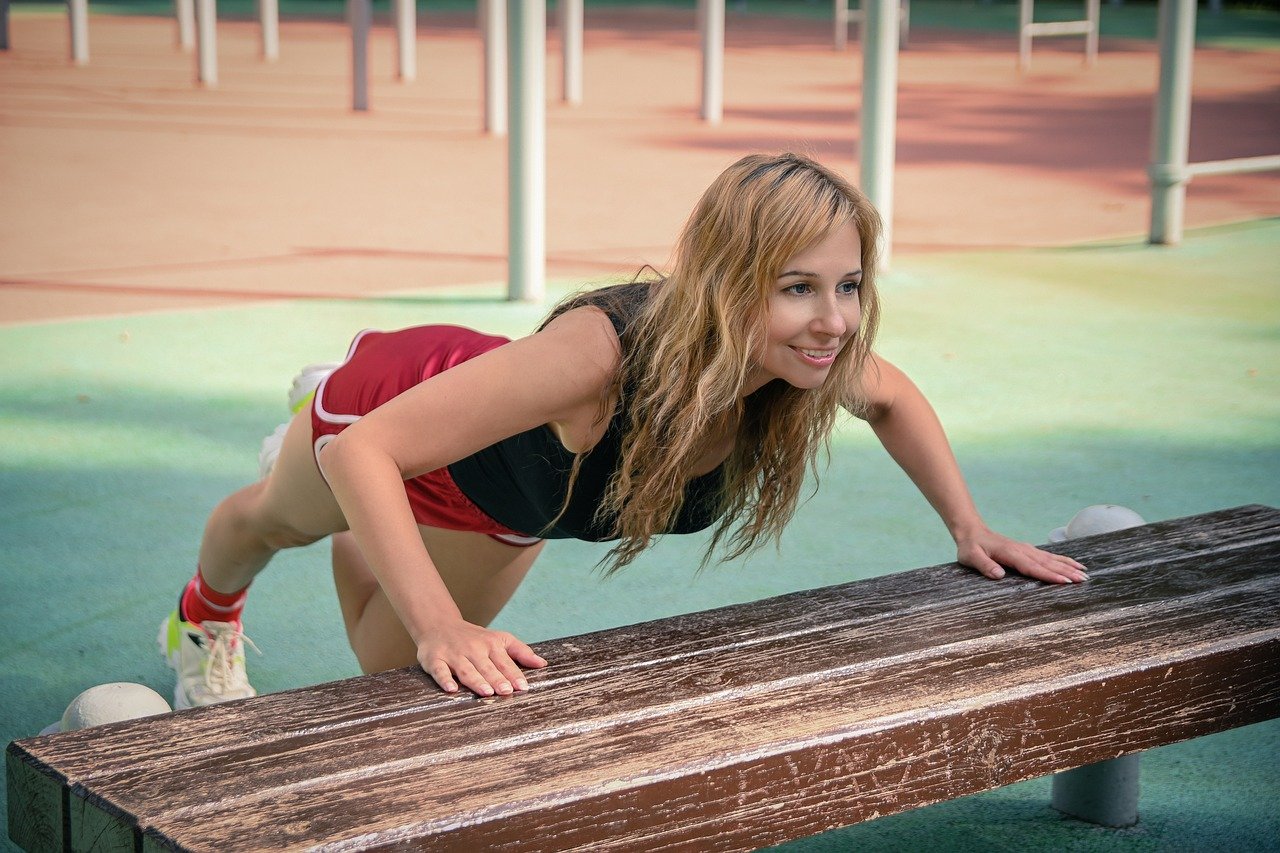Struggling with push-ups at any age, especially as a beginner, is more common than you might think. It’s not just about arm strength; it’s a full-body affair. Push-ups engage your shoulders, chest, triceps, abs, and even your glutes and quads. That’s a lot of muscle groups working in concert! So, if you’re finding push-ups challenging, it’s likely because your body is adjusting to a new form of exercise that requires strength and stability from multiple areas, not just your arms.
Building Strength and Managing Fatigue
For those of you who are new to BWF and have a lean body from running, it’s important to note that a healthy BMI doesn’t necessarily equate to upper body strength. Cardiovascular fitness is fantastic for overall health, but it doesn’t always translate to the muscle strength required for push-ups. This is where the concept of progressive overload comes into play. It’s about gradually increasing the resistance or volume of your workouts to challenge your muscles and promote growth and strength.
If you’re at a point where you can’t do more than a couple of sets of push-ups, it’s time to switch things up. Instead of pushing through countless reps, consider adding resistance. This could mean using a weight plate or a weighted vest, or even trying push-ups with a resistance band. The key is to give your muscles a new challenge that forces them to adapt and grow stronger.
Variety is also crucial. While push-ups are great, incorporating other exercises that target similar muscle groups can help you build the strength needed for push-ups. Bench presses, for example, are a fantastic way to achieve progressive overload and can be modified to fit your available equipment or lack thereof. And don’t forget about the rest of your body! Training all muscle groups is essential to avoid imbalances and chronic pain.
Technique, Consistency, and Recovery
Let’s talk about form. It’s crucial. Doing push-ups incorrectly can lead to muscle strain and injury. Common mistakes include letting your hips sag or your back arch, which can place undue stress on your lower back. To avoid this, it’s essential to engage your core and keep your body in a straight line, like a plank. If you’re struggling to maintain this form, don’t be afraid to start with modified push-ups on your knees. It’s a great way to build strength while maintaining proper alignment.
Let’s talk about wrist pain, which you mentioned experiencing after your sets. This is a common issue for beginners, and it often stems from improper hand placement and lack of wrist strength. Ensure your hands are placed directly under your shoulders and your fingers are spread wide for better support. To build wrist strength, try exercises like wrist curls and stretches. You can also use push-up bars or dumbbells to keep your wrists in a neutral position during the exercise.

What about he issue of fatigue after just a few sets? This is a clear sign that your muscles are not yet accustomed to the demands of push-ups. To combat this, incorporate rest and recovery into your routine. Your muscles need time to repair and strengthen after a workout, so make sure you’re not overdoing it. Aim for push-up sessions every other day, giving your body the rest it needs to recover.
The road to push-up mastery is not a sprint; it’s a marathon. With dedication and the right approach, you’ll find yourself doing more push-ups than you ever thought possible. Keep pushing, keep striving, and most importantly, keep believing in yourself. You’ve got this!
Related posts:
Ups: Forms, Variations and Tips to Know
Physical Fitness Stack Exchange
Most Americans Struggle to Do Just 5 Pushups, New Survey Finds





